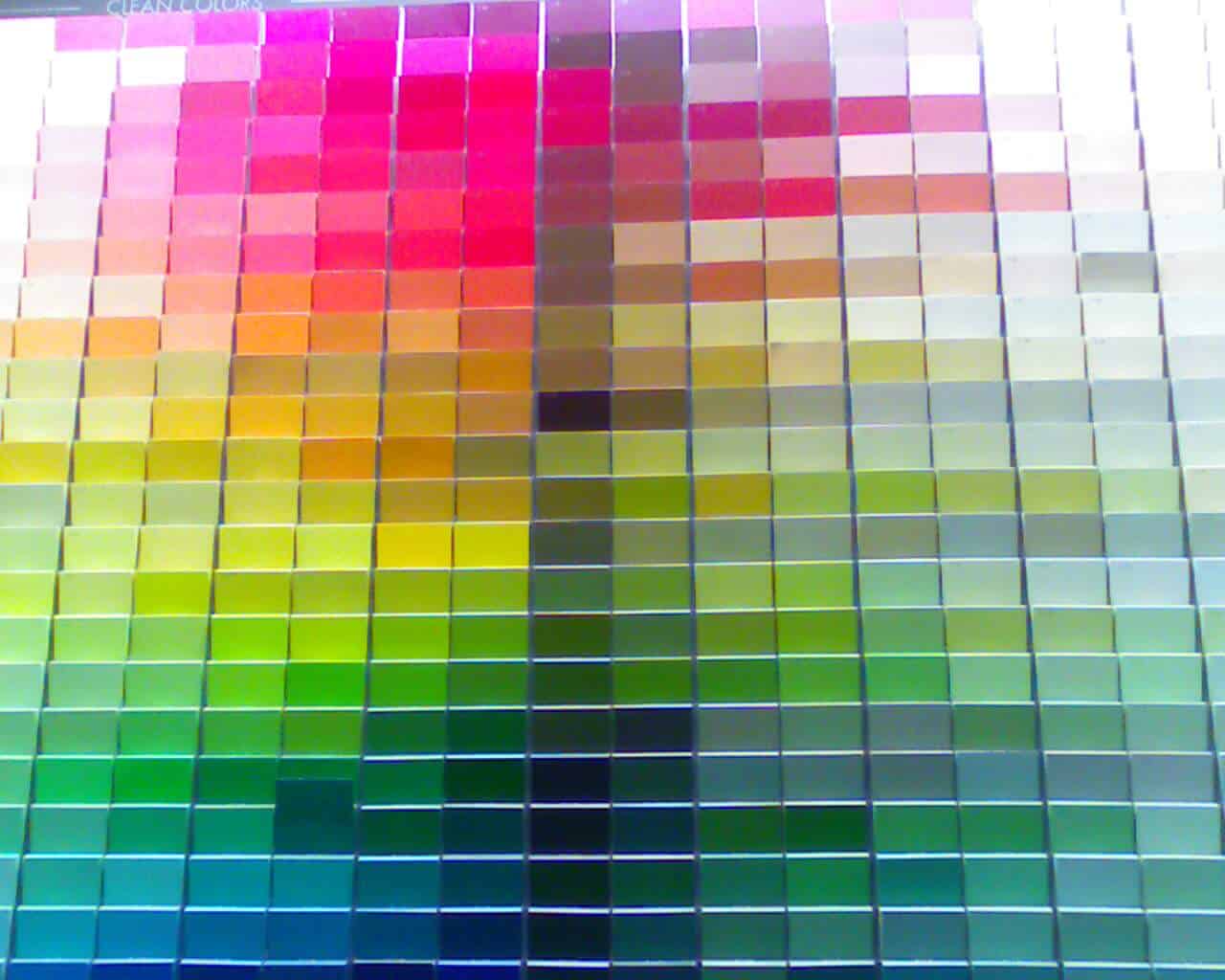I was happy this week to hear that the National Gallery of Canada would be providing free admission to its permanent collection on Canada Day. I was also glad to hear the Art Gallery of Alberta would be providing free admission to both the collection and temporary exhibitions on July 1. I haven't done much further research on other museums that normally charge admission providing free access on the upcoming holiday, but I can only presume there are others.
Yet, at the same time as I'm glad about these patriotic public-access gestures, I feel some disappointment or disbelief--definitely, at least, some ambivalence. The collection at the NGC belongs to all Canadians every day of the year, so trotting out free access as a one-off holiday "extra" tends, in my view, to reinforce the idea that public access is really not a something the public should expect in the long term. Ditto for Albertans vis a vis the Art Gallery of Alberta's collection.
It is also disappointing to me that our major public art museums in English Canada do not, by and large, even honour the tradition of free museum admission on or around International Museums Day. Montreal has a strong program of this kind, which is no surprise, some might say, given the different ethos and funding situations there. The NGC has also stepped up, offering free admission this year on May 20. But the AGO, the AGA, and the VAG don't seem to take part in this outreach effort, let alone non-art museums like the ROM and the Glenbow. (I could be wrong, and would be happy to be corrected!)
Perhaps this lack of International Museums Day isn't a surprise given that the Canadian Museums Association itself, though giving a nod to the possibility of free admission, suggests that for International Museums Day museums should invite in a local MP rather than the wider public.
I write this post with some trepidation given that it is unpleasant for me personally to focus on such disappointments. To state the obvious, it is not always fun to be a negative voice.
This is especially true when there is a lot to be proud of in the Canadian art community--like the fact that many galleries and museums, public, private or otherwise, do offer the public free access to art every day of the year. I simply continue to feel regret when the institutions charged with growing and maintaining "publicly owned" collections fail to provide the public with adequate free access to them. I also feel disappointed that many of our institutions can't seem to get it together to do at least something along the lines of New York City's Art Museums Day (another Intl Museums Day related event).
I do wish everyone a terrific holiday! I'll be headed to the beach, hopefully.
(Photograph taken by Jared Grove (Phobophile) and posted at Wikimedia)
Read More......




